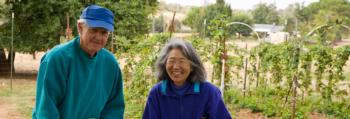Human Risk
What is Human Risk?
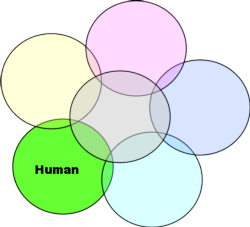
If there are humans on or near your farm, you have human risks to contend with. Human risks arise from the four D’s: disagreement, divorce, death, or disability of an essential owner, manager, or employee. It also includes risks related to illness and high stress and to poor communication and people-management practices.
Humans are not just risk liabilities, however. They also are a great strategy for dealing with and managing risk and even finding opportunities in mitigating risk.
Jump directly to resources.
Some Sources of Human Risk
- Yourself
- Family
- Employees
- Neighbors
- Visitors
- Safety (chemicals, structures, machinery, manure/compost)
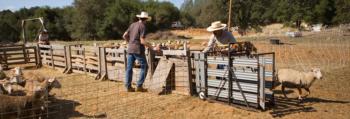
Some Questions to Ask to Assess Your Human Risk
- Do I have a safety plan and training manual for all parts of the operation? (See Standard Operating Procedures page)
- Do the people who come here know how to deal with potential safety issues?
- Do I have liability insurance in case any safety issues come up?
- Have my family/employees and I communicated our goals for the operation?
- Do we understand each other's goals?
- Where are the differences? How can we deal with them?
Illness/Injury:
- What will happen if I get sick or hurt?
- Do I have health, disability, and long-term care insurance?
- Can people find important documents (like wills, property titles, banking and legal records)?
- Does someone besides me know the passwords to access online accounts?
- Am I managing my health and stress levels to stay healthy?
Succession:
- When I want to retire, do we have a succession plan?
- What will happen to my operation when I die? Do I have an up-to-date will?
- Do I know all my options for transferring assets to the next generation?
- Do I need professional help with transition planning?
Relationship:
- What happens if my farm/life partner and I disagree or separate/divorce?
- Do I have good relationships with my neighbors?
- Do my relationships with them add to or remove risk for the operation?
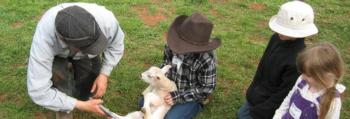
Source: USDA Risk Management Agency. "Introduction to Risk Management: Understanding Agricultural Risks." Revised December 1997

Tools for Mitigating and Planning for Human Risk
- Improve safety, reduce legal risks, and help when operator is absent or sick with written standard operating procedures and safety plans.
- Do goal-setting and planning with family and employees.
- Manage your stress to stay healthy.
- Do estate and transition-planning for continuity of the operation.
- Get insurance: life, health, disability, and long-term care with coverage appropriate for estimated risks.
- Develop a contingency plan.
Remember: It's important to choose the tools that are best for you, your level of risk tolerance, and your operation.
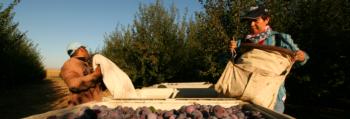
Resources
- Risk Management Checklist - USDA Risk Management Agency
- Managing People Risks - Cornell. Short article about identifying and managing human risks.
- Farm Security Checklist - Useful resource for identifying and mitigating some legal and human risks on your operation. (Ohio Dept of Ag)
Family Relationships
- Managing Family Relationships - Farm and Ranch Survival Kit (Issue 3) - Oregon State University. How to manage family business relationships, disagreements, family meetings, and stress levels.
Insurance
- CA Dep't of Industrial Relations Workers' Compensation site
- CA Farm Bureau Member Health Insurance Plans
Safety
- California Farm Bureau Farm Safety Tips. Tips on everything from fire safety to good nutrition.
- General Tractor Safety - Colorado State University. Quick tips and safety guidelines.
- Safe Use of ATVs - Penn State. Choosing the right ATV for the job; recognizing and dealing with safety issues.
- Farm Hazard Inspection Checklist - University of Washington Extension. For everything from buildings to fields, chemicals to equipment.
Stress Management/Self Care
- Managing Personal Stress on Sustainable Farms and Ranches - ATTRAnews. Personal stories, resources, tips and tricks from farmers and ranchers.
Transitions, Estate Planning, and Succession
- Transitions and Succession - Farm and Ranch Survival Kit (Issue 4) - Oregon State University. Short articles on estate planning, smoothly transitioning into, or taking over the family farm.
- Small Business Transition: "Starting the Conversation" - YouTube resource (6:25). Nice video starring farmers who have recently dealt with farm transition planning.
Additional Human Risk Management Resources
